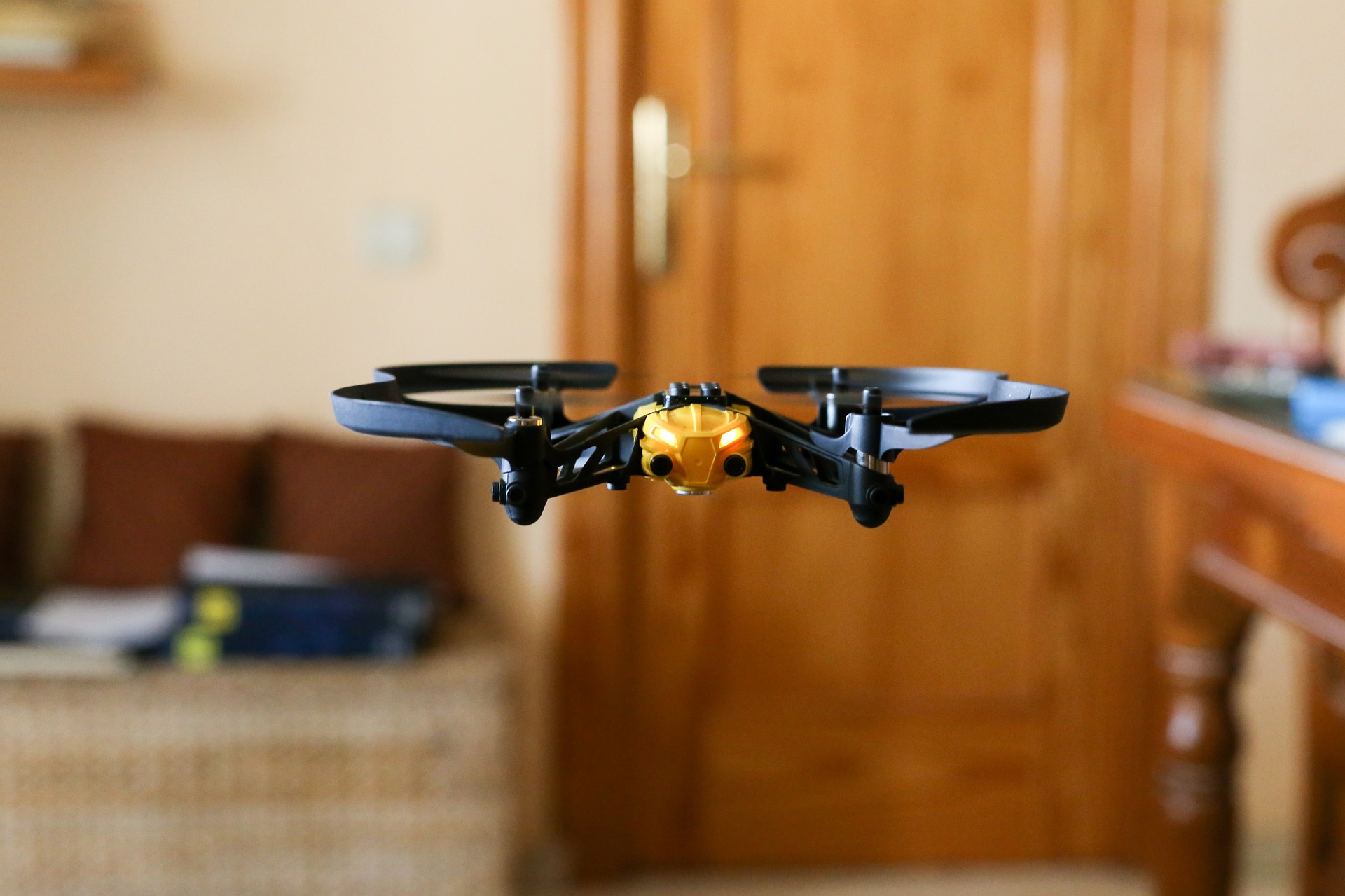
Iran riotsĪh yes, the Iran riots, which the West rather impetuously calls protests. The disruption of global energy supplies following Western sanctions on Russia has the West scrambling to look for alternatives to Russian gas and oil, and the EU is pushing for Iran to be brought back to the global energy market, while the US is still dragging its feet, ostensibly hoping at the moment for regime change through the Iran riots. Although they were stoked by the West – primarily the US, which is trying to push for regime change –if it hadn’t been for the riots, the US would have probably agreed to go back to the deal once the Midterms were done.īut why would the US go back to the deal if it considers it so binding? The reasoning’s pretty straightforward, and also has to do with geopolitical shifts. One unforeseen event was the riots in Iran. The second was due to political circumstances: Biden had been afraid of how the outcome of the Midterm elections might play out, and so was working the two sides by making headway in the talks (which explains the recurring statements that a deal was close to being reached) while also looking out for his administration’s and Democrats’ numbers in the Midterms, so it wouldn’t look like they were being weak on Iran, which the GOP could then exploit to boost its Midterm numbers. So now, the matter was simple, if the US needed to return to the deal, the Iranians needed to make sure that there would be no loopholes that Washington could use to leave the deal without consequences, and moreover, if that were to happen, then Iran also needed to make sure it could easily go back to where things were before the deal, in terms of the nuclear program.Īs far as the US was concerned, there were two main issues driving it to drag its feet.The first was the fact that no loopholes meant that it would become more difficult to leave the deal, as it had been hoping for what Alastair Crooke called “ A Pop-in, Pop-out JCPOA”, a doggie door if you will. Meanwhile, the EU stood idly by, twiddling its fingers, also failing to abide by its side of the bargain, calling on Iran to implement the deal in full.įor a recap of last year: 2021 Roundup: A JCPOA revival in 2022? Iran had seen firsthand the consequences of US deception: The US signed the JCPOA, did not implement it, and suffered no consequences, then left it unilaterally and still suffered no consequences, and then sanctioned Iran through its maximum pressure campaign and still, suffered no consequences. One of the main reasons the Vienna Talks took so long really goes back to a simple principle. Meaning a deal that it can go into and leave at will.

But it isn’t about a sovereign decision so much as it was hoping for a repeat of 2015.

Really, you’d think the US would’ve been able to make a decision by now. Looking back into the early days of 2022, one main idea was being repeated in Iranian diplomatic circles on all levels for several months: We are very close to reaching a deal, but the move necessitates a serious, realistic decision by the US. Perhaps the easiest place to start would be the beginning. This has certainly been a whirlwind of a year, so perhaps looking into how things progressed, at least as far as Iran is concerned, could help us get a feel for how 2023 might unwind?

We left 2021 pondering on the prospects of a possible JCPOA revival (though to be fair, I did say it was highly unlikely it would happen at the time), looking forward to the winter Olympics, and thinking about what would unfold in the newest episodes of Boris Johnson and the party bunch.īut here we are now, amid a war in Ukraine, fully-backed and stoked by NATO, a continued escalation of tensions with China, a cost-of-living crisis in the West (alongside an energy crisis), full-on riots that quickly turned into armed attacks on security forces in Iran, and the death of Barbara Walters.

This was certainly a busy year for the world. Between riots, drones, and diplomats, 2023 looks like it's going to be one heck of a year, both for Iran, and the world.


 0 kommentar(er)
0 kommentar(er)
